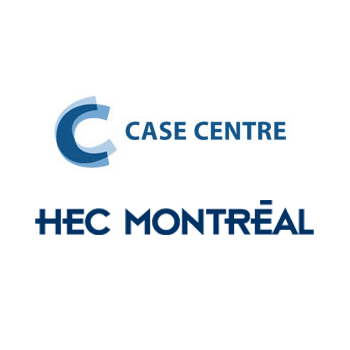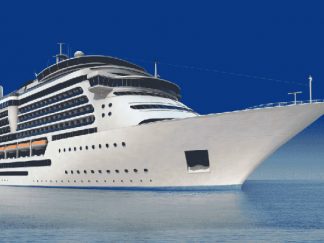Description
VivaColombia: The Challenge of Growing a Low-Cost Airline in Latin America: Abstract
VivaColombia: The Challenge of Growing a Low-Cost Airline in Latin America is a case study by Elkin Rave and Juan Franco.
The case describes the emergence and business model of VivaColombia, a low-cost Colombian airline. The airline was established in 2008, although it did not begin operations until May 2012. Since its inception, VivaColombia has grown within both the domestic and international markets. It provides passenger transportation services to major and intermediate cities in Colombia and to major cities in international destinations. In 2015, VivaColombia had nine Airbus A320 aircraft serving 21 routes in Colombia and six international routes in North, Central, and South America. It had over 500 employees. In 2015, it carried over 2.9 million passengers on domestic and international flights, with sales of $US119.2 million and profits of more than $US971,000.
Although VivaColombia’s board of directors was satisfied with the results achieved to date, they disagreed about how to proceed. Some board members believed that VivaColombia should consolidate its domestic operations. They were concerned about the large number of customer service complaints that had accompanied its rapid growth. In addition, two low-cost international carriers were planning to enter the Colombian market, which the board feared would jeopardize VivaColombia’s position in the domestic market. Other board members thought VivaColombia should take advantage of the opportunity to expand into Brazil, a major Latin American market, presented by Aerocivil, Colombia’s civil aviation authority, which had authorized VivaColombia to operate the Bogotá, Colombia-Sao Paulo, Brazil route.
Students must decide whether the company should expand into Brazil or consolidate operations in the domestic market.
Teaching objectives
- Understand the challenges a company may face when seeking to combine two business models. Analyze the costs the company may incur and the benefits it may obtain. Determine the best strategy for the company.
- Analyze the difficulties a company may face when seeking to expand internationally, especially when its position in the domestic market has not yet been consolidated.
- Assess various investment alternatives using financial evaluation criteria. To determine the most profitable alternative, students will have to make several financial calculations.
Main themes covered
This case was designed to be used by MBA students enrolled in strategy courses. It may also be used in basic courses on financial evaluation criteria at the executive level.
Concepts and theories related to the case
- Corporate strategy and business model
- Diversification in international markets
- Financial analysis in project evaluation
Additional information
Teaching notes are available for teachers only. Contact the HEC Montréal Case Centre for more information.







Avis
Il n’y a pas encore d’avis.